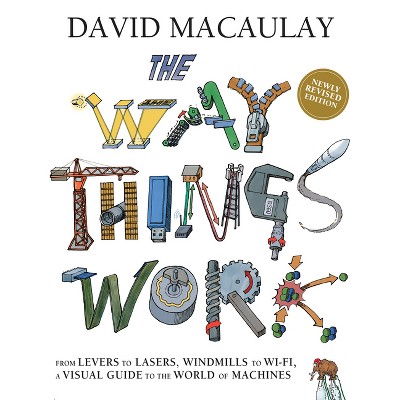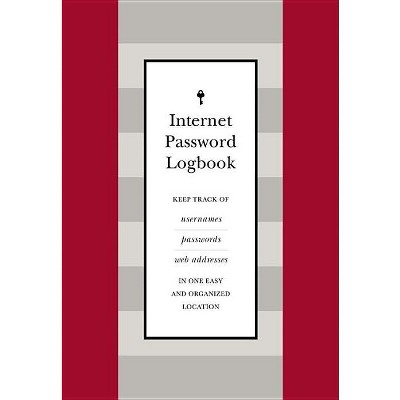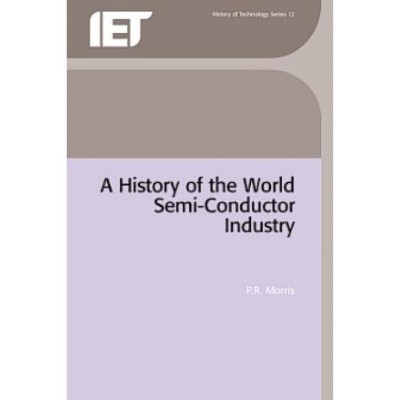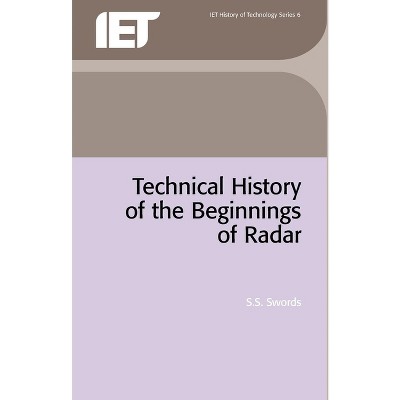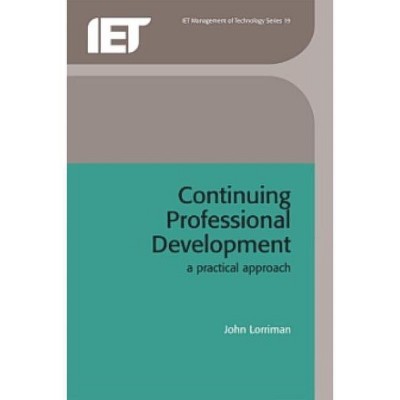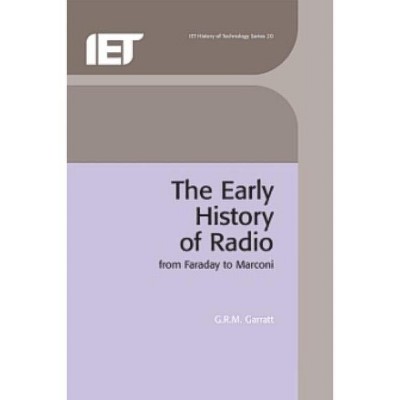Sir Charles Wheatstone Frs, 1802-1875 - (History and Management of Technology) 2nd Edition by Brian Bowers (Hardcover)

About this item
Highlights
- Charles Wheatstone began his life-long involvement with electrical engineering in the days when it was still at the stage of 'philosophical toys', yet he had a vision of telecommunications that could deliver printed messages around the world.
- Author(s): Brian Bowers
- 256 Pages
- Technology, History
- Series Name: History and Management of Technology
Description
About the Book
Charles Wheatstone was one of the leading electrical engineers of the mid-nineteenth century. This fascinating biography celebrates the bicentenary of his birth, and draws on information about the family business as well as letters, including correspondence with Cooke and Faraday.
Book Synopsis
Charles Wheatstone began his life-long involvement with electrical engineering in the days when it was still at the stage of 'philosophical toys', yet he had a vision of telecommunications that could deliver printed messages around the world. With W.E. Cooke he developed the first practical electric telegraph. The problems of operating telegraphs over long distances led him into the field of electrical measurements.
Wheatstone was a major figure in Victorian science, making contributions in the fields of optics and acoustics as well as electrical engineering. He had an encyclopaedic knowledge of the scientific literature in several languages, and made connections which benefited not only his own work but also that of others. His research aided the development of the new King's College London into a centre of scientific excellence. He invented the concertina and the stereoscope, both very popular in the nineteenth century. He is usually remembered for the Wheatstone Bridge, which he did not invent but publicised in the course of a lecture on measurements. His early attempts to measure the speed of an electric current were inconclusive, but his later studies of signals in submarine cables contributed to the understanding of the effect of capacitance and inductance in cables. He made electric motors, including a linear motor. In his lifetime there was insufficient electric power to exploit them, but his self-excited generator indicated the way ahead.
This fascinating biography celebrates the bicentenary of Wheatstone's birth, and draws on information about the family business as well as letters, including correspondence with Cooke and Faraday, which were not available for the first edition, published by HMSO for the Science Museum in 1975.
Shipping details
Return details
Trending Computers & Technology Books
